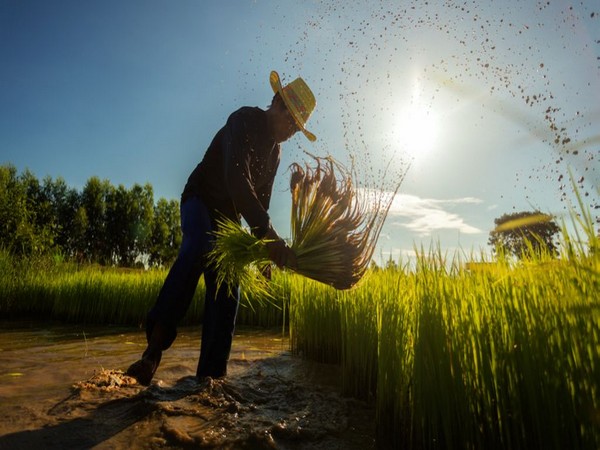World Bank approves US$255M loan to provide agricultural support for climate-resilient rice production in Hunan province
China is the world’s largest rice producer and consumer. Rice is a major contributor to methane emissions, accounting for 16% of China’s emissions of the gas.

The World Bank’s Board of Executive Directors approved a US$255 million loan today to support a program that will reduce methane emissions, improve irrigation and drainage services, and provide agricultural support for climate-resilient rice production in Hunan province, China’s largest rice production area.
The Methane-Reducing and Water-Saving Paddy Rice Program for Results (Hunan) contributes to global public goods, in particular climate change mitigation, and creation of replicable and scalable knowledge and experiences for China and other rice-growing countries globally by developing a sustainable model for rice-growing.
China is the world’s largest rice producer and consumer. Rice is a major contributor to methane emissions, accounting for 16% of China’s emissions of the gas. Lessons from the World Bank-supported program will inform scale up of low-methane and water-saving rice production in Hunan and policymaking in other parts of the country. The program is anchored in the government’s Hunan High Standard Farmland Construction Program (HSFCP) which seeks to reduce methane emissions while also improving the climate resilience of rice production. The program will strengthen the Provincial government’s management system for sustainable and low-methane paddy rice production.
“The Methane-Reducing and Water-Saving Paddy Rice Program will provide innovative solutions to promote climate mitigation in China’s agriculture sector,” said Mara Warwick, World Bank Country Director for China, Mongolia, and Korea. “The program provides an integrated approach that will benefit the farmers and the environment, and deliver global benefits by creating incentives for behavior change.”
The World Bank-supported program is a Program for Results (PforR) operation, Program financing over five years is expected to be US$1.24 billion, of which US$988 million will be financed by the Chinese government and US$255 million by a World Bank International Bank for Reconstruction and Development Loan.
The program is in line with the World Bank’s Country Partnership Framework (CPF) for China for FY2020 to 2025, which aims to help China promote greener growth and contribute to global public goods, in particular reducing greenhouse gas emissions and generating replicable global knowledge. In line with the World Bank Group’s efforts to address China’s interrelated climate and development challenges, the program will enhance the climate resilience and low-carbon development in rural areas, as well as contribute to reducing food system-related greenhouse gas emissions, as highlighted in the recent China Country Climate and Development Report.
- READ MORE ON:
- World Bank
- Hunan
- China
- rice










